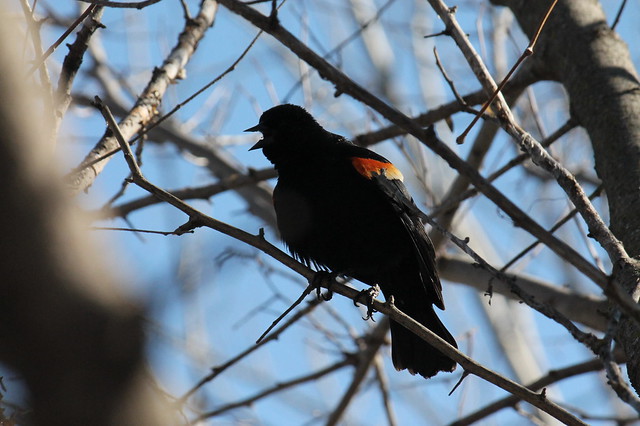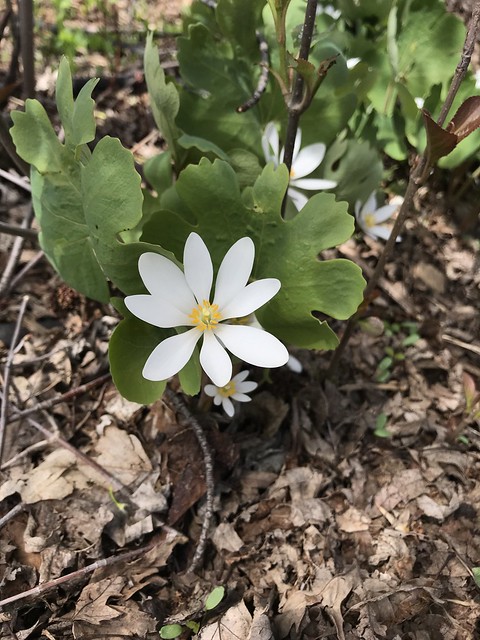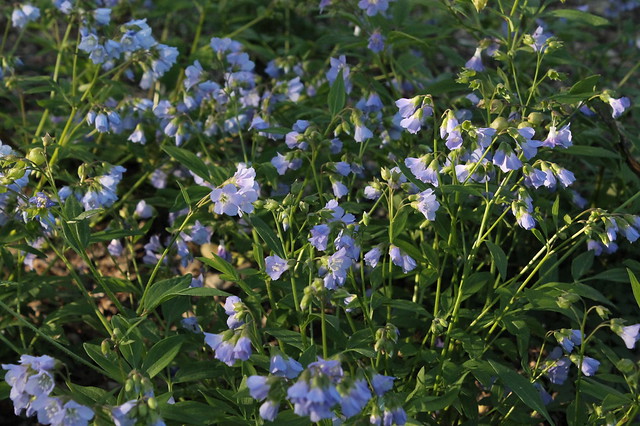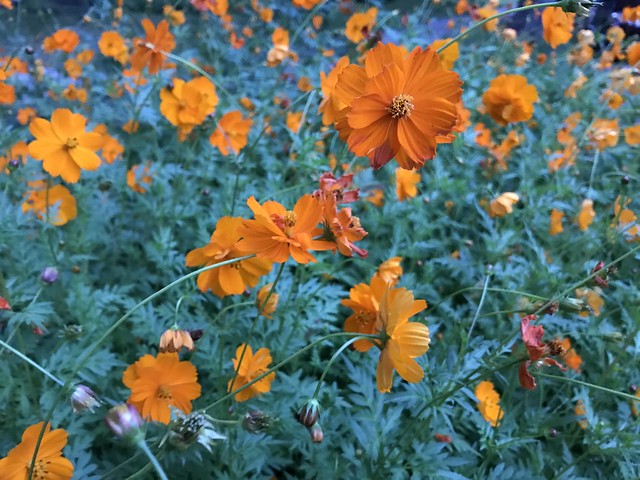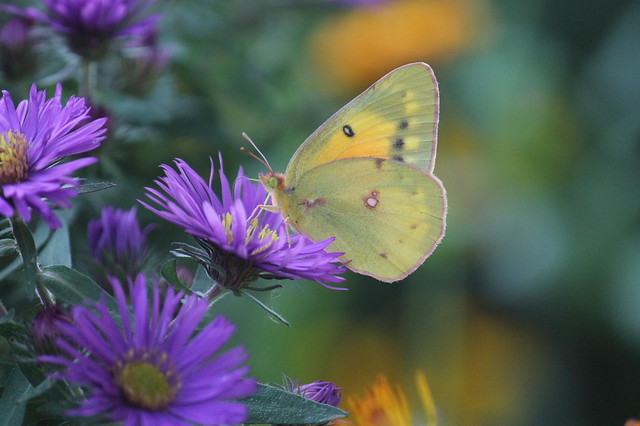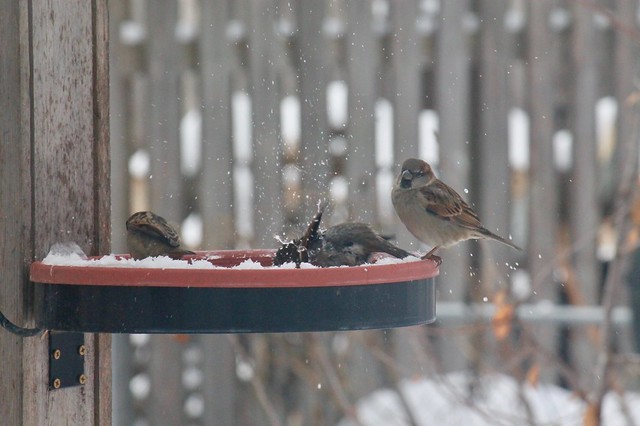I’ve been away from this space for a long time. There are many reasons why. For the most part I’ve not had much trouble finding small things here and there to take photos of and write little sentences about on Instagram. But it’s the long form that I’m struggling with right now.
Maybe part of what’s holding me back is that I need more time to process things before I feel like I can write about them intelligently. More time to think about a man dying in an intersection, just hours after I’d driven through that same intersection and commented to Adam “it always seems like there are people struggling on this corner.” My privilege was practically dripping out of the car with the air conditioning condensation, as I accelerated through that intersection on my way home from my natural foods co-op.
Late May: back when we were still in the “making the best of it” phase of the pandemic. If we just baked enough cakes—complicated cakes!—and learned how to make sourdough bread—finally! that’s been on my bucket list for a long time!—we would be able to come out the other side of this content for the time we’d spent at home.
Just two weeks before, and just three short blocks west of Cup Foods, my fellow community garden volunteers and I had pulled off our biggest plant giveaway ever. That weekend—with masks, hand sanitizer, the works—we gave away hundreds of tomatoes, peppers, herbs, seeds, annual flowers, and hope that the garden could grow enough food to help see us safely through the pandemic. It was one of my most optimistic days of 2020.
And then a man lost his life, trying to buy food, and maybe passing a fake $20. And the man who took his life was a tax felon who had stolen much, much more. There is no justice. It all came crashing down.
Just days later, I found myself gathering with neighbors, with blackhawk helicopters hovering overhead, making plans on how to defend our neighborhood from white supremacists bent on causing mayhem and fanning flames—literally.
My adrenaline surged. Carrying a shovel, seeds, and donated plants past soldiers with guns, I kept going back to Sabathani. I tended my own garden plots, which had been planted in mid-May. I turned over two more extremely weedy, neglected plots in searing heat, sweat dripping, and planted them with the intention of giving away the produce to the community. I went home and stayed up all night for several nights, listening and watching. Every unplated truck that drove past our house was discussed by many people.
My neighborhood was lucky. We lost our closest gas station and our pharmacy for a while. But homes remained untouched. We kept coming together in June and July as a community to collect and distribute food. But as the summer progressed, everyone and everything started to feel tired. Our most recent meetings have only had a handful of attendees.
But I’d be lying if I said this whole summer has been a waking nightmare. It hasn’t. I’ve had moments of light and joy. I fell in love with several K-pop groups, thanks to my now-teenagers. I painted both kids’ bedrooms. I took time off work, using a neat thing called VPTO (volunteer paid time off) to tend those gardens.
After spending an unprecedented amount of time in my flower and vegetable gardens at home, I don’t think my yard has ever looked as good as it does this year. I harvested every single sour cherry from my Mesabi cherry tree and made some of the most delicious jam I’ve ever tried. I shared fruit, jams and jellies with family and friends. In moments of lightness and ease, I reminded myself of how very lucky I am.
This is the first time in a very long time that I’ve had no plans. It’s such an odd feeling. As of late February, I had a busy summer and fall of travel planned, including taking the kids to see BTS in Chicago for their 13th birthday. It was heartbreaking to cancel. And now that everything else has been canceled, it feels weird to have and make no plans.
What have I learned about gardening this year? Well. Mary Oliver said attention is the beginning of devotion. And I realized this year how much more I notice about my gardens—and how much more I love every part of them—when I simply spend time observing.
I noticed house sparrows eating Japanese and grapevine beetles. I noticed a chipmunk climbing my cherry tree to pilfer cherries. I noticed a bumblebee digging a hole in the ground. I noticed flies farming aphids for their honeydew. I noticed a hummingbird on several occasions and noticed which flowers it seemed to like the most. I noticed my neighbors and how the same ones tend to walk by, at the same time, every day. I laughed one day when I noticed one man surreptitiously picking a purple coneflower from my front yard.
I welcome the cooler weather coming this week—I probably won’t cover my basil on Tuesday night when it’s supposed to get down in the 40s. I’m ready to let it go.
I feel like the theme of 2020—well, there are many themes—but one of them is getting used to uncertainty. I want to believe that I’ll come out the other side somehow wiser, more content to live in the moment. I want to believe that my family will come out the other side, alive and healthy. And I want that for my neighbors and friends, too. I want to live in a country where we’ll look at the hard lessons of 2020 and decide that we give a shit about public health.
Lots of good is happening, every single day. I’m not having any trouble seeing it at a micro level. I just step outside my door and watch the bees for a few minutes.
I’ve already drawn up some garden plans for 2021. I’m moving my stock tanks for the first time in 10+ years. I’m planting at least two or three new shrubs, since two of my viburnums died out this year. I’m going to expand my seed-starting operation. Maybe I’ll finally fix up the grassy area in the back. I’m even adding some more tulips this fall, which feels really out of character for my native-plant obsessed self. But I saw people taking pictures of my tiny patch of tulips this spring and it brought me joy. I want more of that.
I’m planting seeds of hope and crossing my fingers that they all germinate. I’m going to need them next spring.























